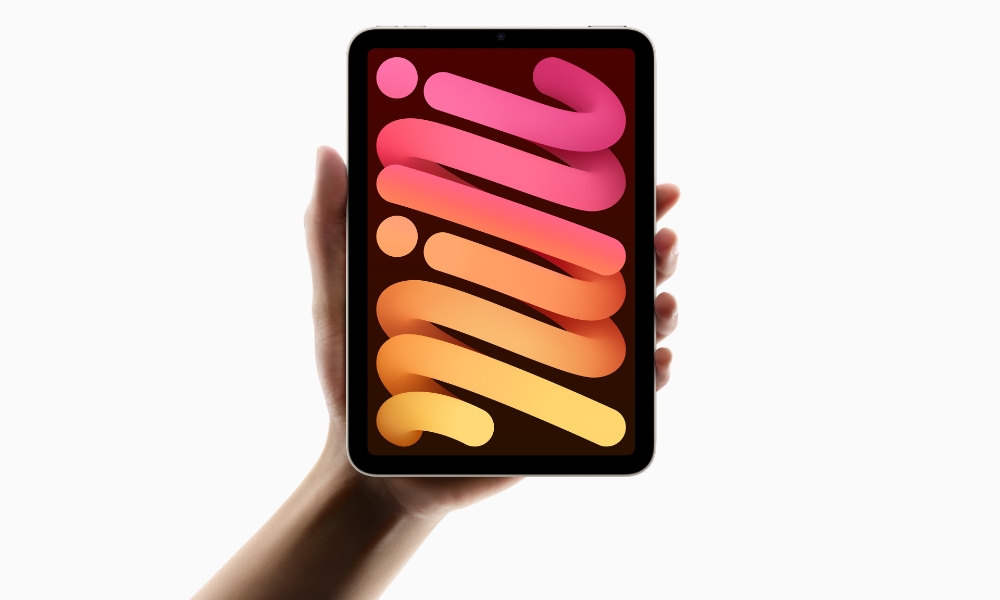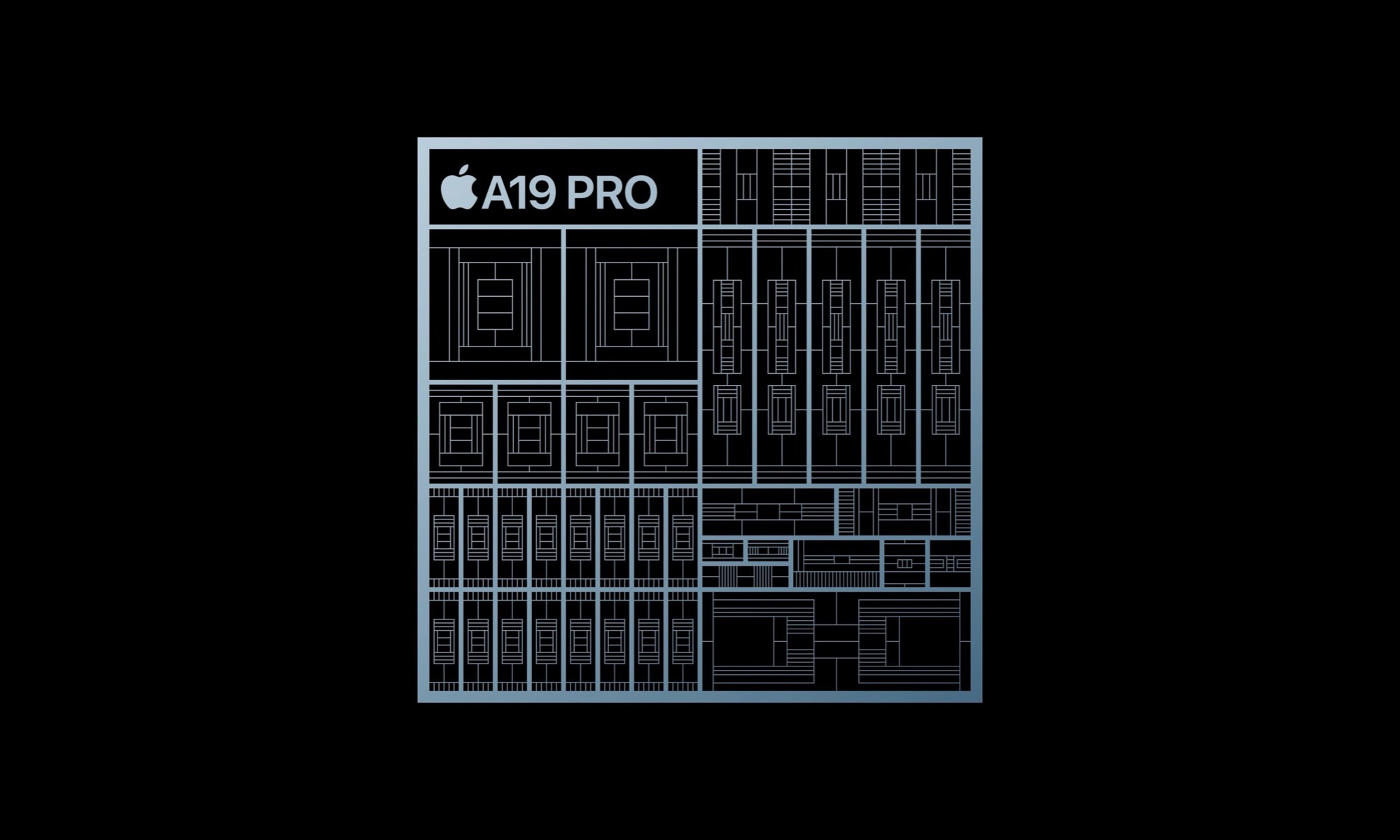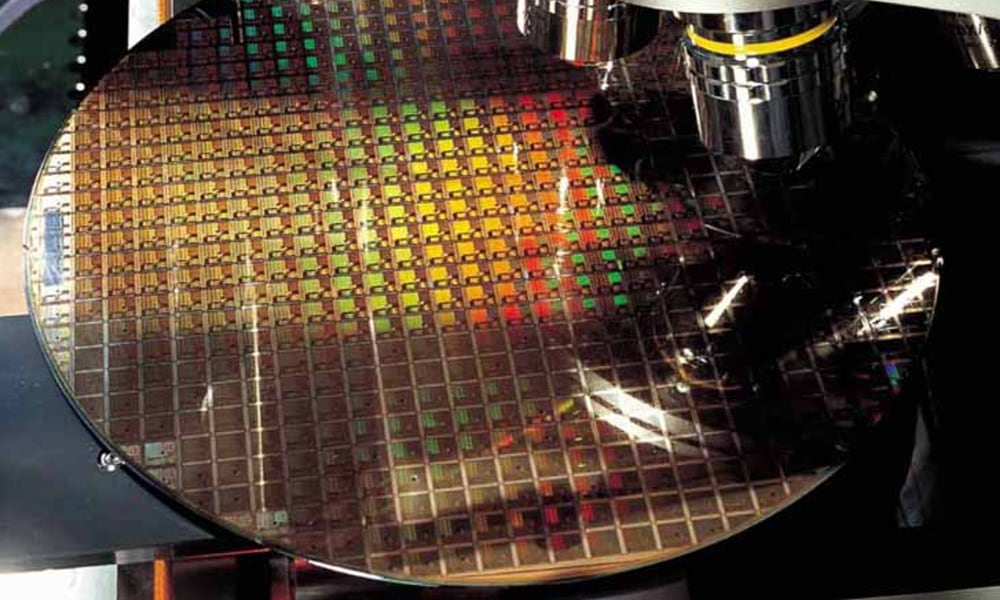The ‘iPad mini 8’ Could Be Next in Line for an OLED Display
 Apple
Apple
Toggle Dark Mode
Apple may be preparing to expand its more advanced OLED display technology beyond the flagship iPad Pro, and if a new report is true, it could be the iPad mini that leads the way.
Although Apple began embracing OLED screens for the iPhone eight years ago, it’s taken considerably longer for the rest of its product lineups to catch up. Apple briefly dabbled with a mini-LED panel on the 12.9-inch iPad Pro, later bringing it to its higher-end 14-inch and 16-inch MacBook Pro models, but this was effectively a transitional technology, likely intended to tide us over until OLED displays that met Apple’s high standards became more affordable.
Mini-LED offers more vibrant colors and better contrast ratios than LCD, but they still can’t compete with OLED, and that’s even more true when the goal is to achieve ultimate thinness — and that was undoubtedly a big part of what Apple has been going for. Last year marked the first step into that brave new world when the M4 iPad Pro landed with even more advanced OLED display technology.
Meanwhile, the MacBook Pro isn’t slated to make the switch to OLED until later next year, with reports that it will coincide with a redesign that makes the M6 model thinner than ever — and may even add a touchscreen.
Still, there have been several rumors and signs over the past few years that Apple plans to eventually bring OLED to most of its MacBook and iPad lineup. A report in late 2023 predicted OLED iPad Pro models by 2024 (which happened), followed by new OLED-equipped iPad mini and iPad Air models in 2026 and 2027, respectively.
Those predictions may turn out to be accurate. This week, Bloomberg’s Mark Gurman reported that Apple is preparing major updates for the MacBook Air, iPad mini, and iPad Air lines, whose key upgrade will be “higher-end displays.”
The OLED iPad mini
Apple is reportedly already testing new versions of each of these products with OLED screens, but Gurman believes the iPad mini will be the first to arrive.
However, this upgrade may come with a higher price tag attached. Gurman says that the “iPad mini 8” with an OLED screen could run up to $100 more than the current model. The good news is that extra investment may also get you some form of water resistance. That would be a first for an iPad, none of which have ever carried IP ratings.
To accomplish this, Apple is apparently testing a redesigned casing and a new speaker system that uses “vibration-related technology,” Gurman says. This would allow it to remove speaker holes entirely, eliminating the weakest point for water resistance.
While Gurman hasn’t offered any additional information about what we can expect from the next-generation iPad mini, other sources have already revealed that it’s likely to feature the A19 Pro chip, which was recently unveiled in the iPhone Air and iPhone 17 Pro models.
That’s not a huge stretch, since the new tablet isn’t likely to arrive until later next year, so it would echo what Apple did with the current iPad mini, which adopted the A17 Pro chip from the iPhone 15 Pro models of the prior year.
If history repeats itself, that’s likely to be a binned version of the A19 Pro, which could match the five-core GPU of the iPhone Air or possibly even have a different configuration. The A17 Pro in the iPad mini also had one less GPU core than the one in the iPhone 15 Pro and iPhone 15 Pro Max, but that was a variation we hadn’t seen in any other devices, which suggests Apple had collected a rather large stock of binned chips from its iPhone 15 Pro production runs.
Binned chips aren’t deliberately manufactured to have fewer cores, but are those that fail to come off the line with all cores running up to spec. The process isn’t unique to Apple — it’s been around as long as semiconductor manufacturing has — and lets manufacturers salvage otherwise functional chips by disabling the faulty cores.
An OLED iPad Air is expected to follow the iPad mini, but not before we get one more LCD version next spring. If Apple sticks to its normal release schedules, that means we could see the OLED iPad mini in late 2026, followed by the OLED iPad Air in early 2027. The OLED MacBook Air is reportedly even further off, with a release predicted for early 2028.
It remains to be seen whether the iPad mini will beat the MacBook Pro to an OLED display next year, but even if it arrives later, the laptop will likely retain an edge in display performance. Apple’s recent iPad Pro models use a more advanced tandem OLED technology that’s helped them achieve their incredible thinness. If rumors of Apple’s plans for an ultra-slim MacBook Pro are true, it will likely adopt the same tech, while the iPad mini is more likely to use more traditional OLED panels.
[The information provided in this article has NOT been confirmed by Apple and may be speculation. Provided details may not be factual. Take all rumors, tech or otherwise, with a grain of salt.]










